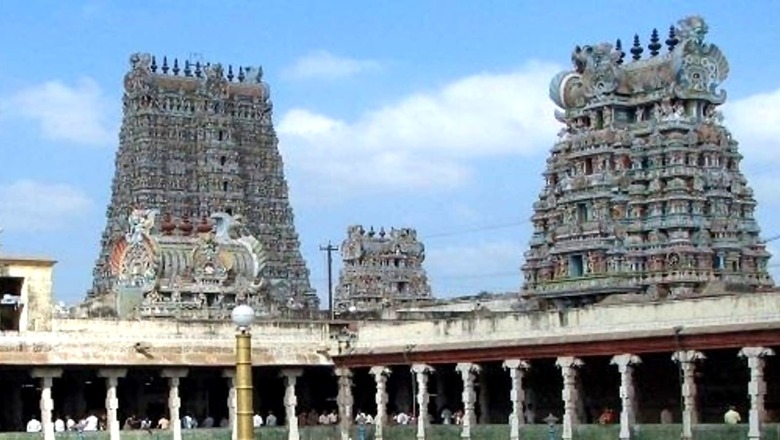
views
On August 15, Tamil Nadu chief minister MK Stalin gave appointment orders to 24 people belonging to various castes to officiate as priests in some temples managed by the Hindu Religious and Charitable Endowments (HR&CE) department in the state. There is a long history to this event.
Many temples in Tamil Nadu follow rulebooks known as ‘agamas’. Contrary to popular opinion, not every Brahmin can become a temple priest. Shiva temples following the Shaiva agamas have priests from a specific sect known as Adi Saivas, also known as Sivacharyas. Vishnu temples have priests known as Bhattacharyas, also another subsect.
Noted social reformer Periyar wanted to bring an end to the exclusivity of Brahmin priesthood and announced an agitation on January 26, 1970. M Karunanidhi, father of current chief minister Stalin, was the CM then. He agreed with Periyar and brought legislation that allowed any Hindu, irrespective of his caste, to become a priest in an agamic temple. This was contested in the courts (Seshammal and others vs The State of Tamil Nadu) as tantamount to the State meddling in the religious affairs of a community, and also argued that priesthood was a hereditary right. The constitutional bench of the Supreme Court disagreed on the hereditary right and also stated that the appointment of a temple priest was a secular activity and hence a State could get involved to enforce non-discrimination as enshrined in the Constitution. But the judgement did give a leeway that respective agamas had to be followed in the appointment of the priest, for each agamic temple.
This was taken to mean that though the priesthood is not a hereditary right, it would remain within the subsect of Sivacharyas and Bhattacharyas. For the next three decades, the status quo remained. When Periyar died in 1973, Karunanidhi lamented that the thorn in Periyar’s heart could not be removed before his death.
Karunanidhi tried once again in 2006 by amending the HR&CE Act, allowing anyone irrespective of caste or creed to become a priest. This amendment was challenged by the Adi Saiva Archakas Welfare Association in the Supreme Court, demanding that the amendment be struck down as unconstitutional, as per the Seshammal verdict. The Supreme Court bench refused to quash the amendment but ruled along the lines of Seshammal verdict that prevailing agamas have to be followed for appointment to priesthood in each temple.
Karunanidhi established agamic training schools in 2007 to train interested persons belonging to any caste. Though many graduated from these schools, the government had changed meanwhile and the status quo persisted once again. But as soon as MK Stalin won power back for the DMK in 2021, he moved quickly and appointed 24 priests to various temples.
In the political space, there seems to be little or no opposition. The AIADMK has not resisted this move. Some in the BJP have actually welcomed this, while a few have expressed cautious opposition. There were whispers that traditional priests from the Sivacharya and Bhattacharya communities were forcibly removed and replaced by the newly appointed non-denominational priests. But the chief minister was quick to scotch those rumours.
Amongst the common public too, there does not seem to be any opposition. It is likely that some of these appointments will be contested by aggrieved Sivacharyas and Bhattacharyas on a temple-by-temple basis. The courts will be asked to interpret the specific agama of that particular temple on what it says about the sect/subsect of the priests. However, the amendment to HR&CE Act and non-denominational agamic schools are here to stay and appointments will be made on a regular basis to those who graduate from these schools to various agamic temples, irrespective of caste or creed.
The DMK can rightfully say that it has fulfilled the desire of Periyar and Karunanidhi.
However, there are many injustices still prevalent in Tamil Nadu. All agamic temples have been open to people of all castes for a long time now. It is now possible for a Dalit to be an officiating priest in an agamic temple. But many village temples controlled by various intermediate castes across Tamil Nadu are closed to Dalits even now. Dalits cannot participate in fire-walking ceremonies in many villages. They are not allowed to participate in temple car festivals by the dominant intermediate castes. The state government is a mute spectator to these atrocities.
There are Christian churches in Tamil Nadu with strict walls discriminating in the seating arrangement. Dalit Christians in Tamil Nadu have complained about the lack of representation in the Church hierarchy.
Across India, Sabarimala Temple, Shani Shingnapur Temple and Haji Ali Dargah saw agitations demanding the entry of women. The latter two eventually allowed women while Sabarimala is still resisting, despite a Supreme Court verdict favouring women of all ages getting entry. There is a review petition pending with the court.
Hereditary practices and religious rulebooks are clearly discriminatory, on the basis of caste and gender. It is a huge challenge for the legislatures and judiciary to balance between constitutional provisions, religious freedom and minority rights. It would be impossible to come up with enabling legislation that covers all religious institutions to make them non-discriminatory along the lines of what is stated in the Constitution. Instead, this will have to be handled through many state legislation, court interventions and community’s change of heart.
Badri Seshadri is a political analyst and the co-founder of New Horizon Media Pvt. Ltd., a publishing company based in Tamil Nadu. He also co-founded Cricinfo. The views expressed in this article are those of the author and do not represent the stand of this publication.
Read all the Latest News, Breaking News and Assembly Elections Live Updates here.










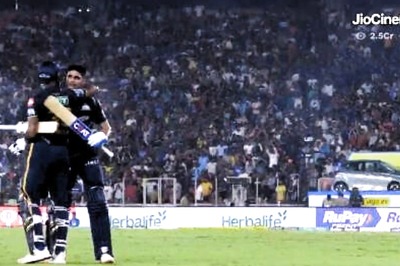



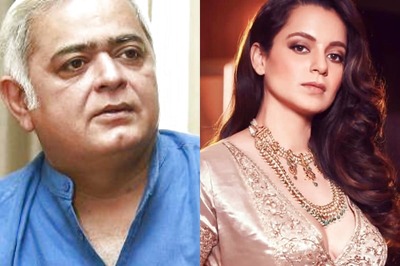
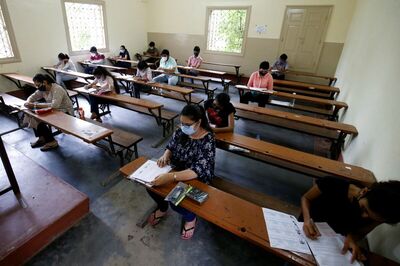

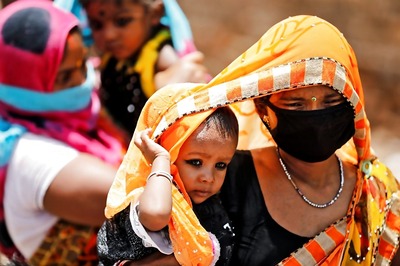

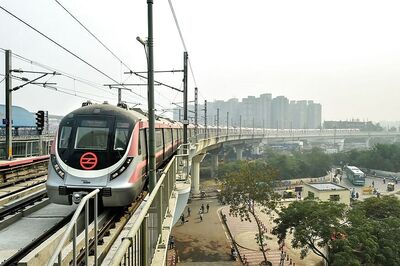
Comments
0 comment